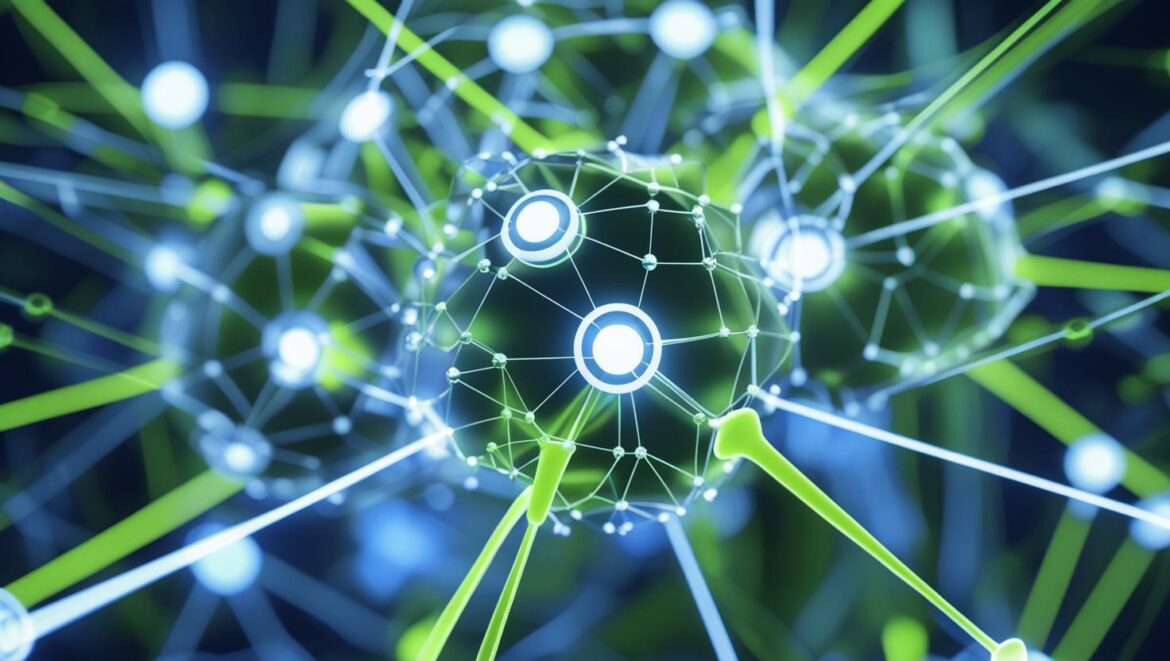Digital twins are reshaping the foundations of heavy industry by offering a virtual mirror of physical assets, systems, and processes. These real-time digital replicas enable companies to simulate, monitor, and optimize operations with unparalleled accuracy — unlocking new levels of efficiency, safety, and predictive intelligence.
In industries like energy, mining, and heavy manufacturing, the cost of unplanned downtime can reach millions. Digital twins help mitigate this by allowing virtual testing of equipment behavior under various stress conditions. Engineers can simulate performance, anticipate failures, and experiment with design changes before any physical alteration is made.
The technology also facilitates continuous monitoring. By combining IoT sensors, machine learning, and cloud platforms, digital twins provide live dashboards that reflect the health and efficiency of real-world systems. This level of visibility allows maintenance teams to move from scheduled routines to condition-based strategies that reduce costs and extend asset life.
One of the most powerful aspects is system-wide optimization. Rather than analyzing a single machine, digital twins can model entire production lines, logistics networks, or even offshore platforms. Decision-makers use these virtual environments to evaluate scenarios, reduce bottlenecks, and improve throughput without disrupting real operations.
Moreover, digital twins support sustainability goals. By simulating energy consumption, emissions, and material use, they help companies identify greener alternatives and improve their environmental footprint — a growing priority across all industrial sectors.
The challenge remains in data integration, modeling complexity, and ensuring cybersecurity across connected environments. Yet as adoption grows, digital twins are quickly becoming a cornerstone of next-generation industrial strategy — turning data into foresight and physical systems into self-optimizing ecosystems.

